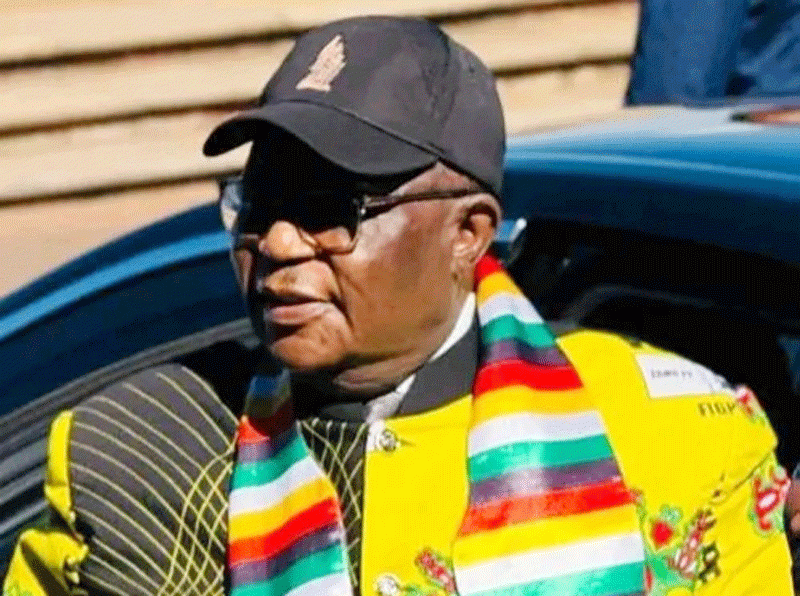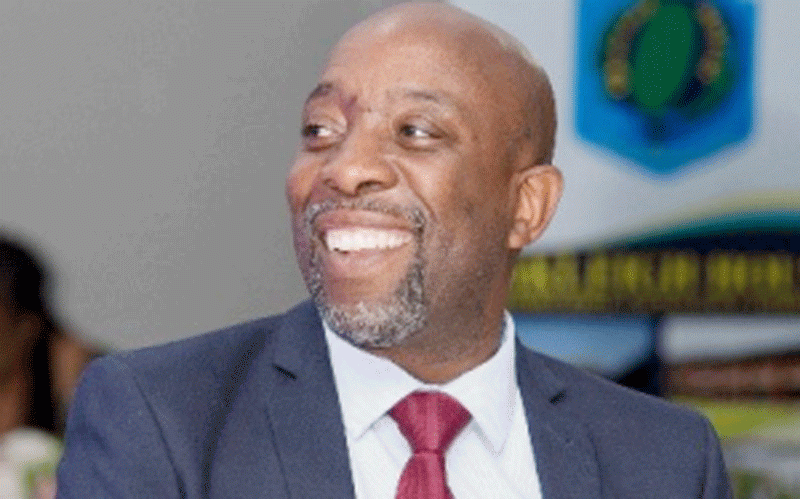
The Postal and Telecommunications Regulatory Authority of Zimbabwe (Potraz) will tomorrow unveil a telecommunications tower in Maitengwe, Matabeleland South, which will see locals using Zimbabwean mobile telecommunication services for the first time.
By NQOBANI NDLOVU
Plumtree villagers have since independence been forced to rely mainly on Botswana mobile telecommunications networks due to lack of enabling telecoms infrastructure in the district.
The unveiling of a shared telecommunications tower to bridge the mobile communications and the digital divide comes as a relief to villagers who have been pleading with authorities to construct telecoms infrastructure to no avail.
Potraz sunk nearly $400 000 from the Universal Services Fund (USF) to construct the communications tower at Maitengwe.
“As part of our drive to connect the unconnected, we have installed passive infrastructure in the marginalised areas and operators will share and provide reception.
“These are USF funds being utilised and we are going to unveil a number of towers and we will make sure to invite all stakeholders to witness the launches,” Potraz director-general Gift Callisto Machengete said during a media engagement forum recently.
The USF is a pool of funds contributed by all operators licensed by Potraz, mobile operators, internet access providers and the fixed line operator — and part of its purpose is to fund the development of telecoms infrastructure in the country.
- Chamisa under fire over US$120K donation
- Mavhunga puts DeMbare into Chibuku quarterfinals
- Pension funds bet on Cabora Bassa oilfields
- Councils defy govt fire tender directive
Keep Reading
Operators are required to contribute 2% of their annual gross turnover to the fund that was launched in 2009. The funds have been used to construct base stations in remote areas. For 2018, Potraz has said it would develop 250 bases stations.
The targeted areas for these base stations are the rural areas, which are defined by Potraz as the “underserved and unserved communities”.
To date, $130,6 million has been generated by the fund.










